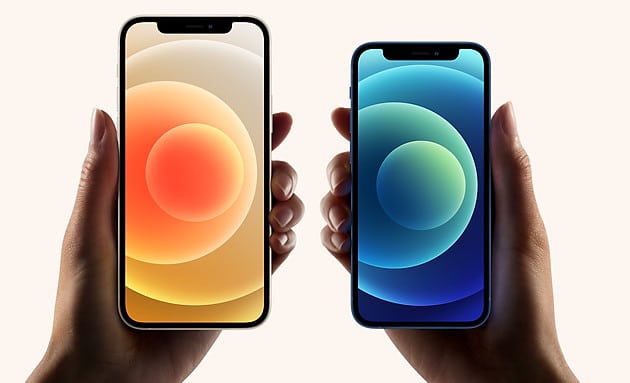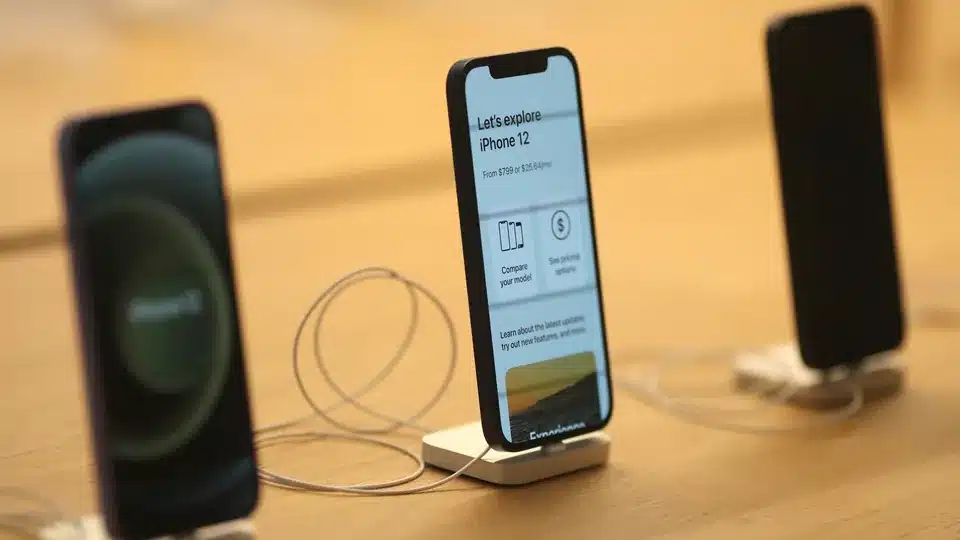Until the release of the iPhone 14, Apple’s handset lineup always had at least one variant with a screen size of fewer than six inches. As a result, the iPhone mini, which was beloved by a certain subset of customers, is no longer an option.
As a result, many people started wondering why Apple discontinued the mini models and why it didn’t get a follow-up. In 2020, Apple released the iPhone 12 mini, satisfying the wishes of loyal customers who had been asking for a little iPhone with all of the newest and greatest features for years. Few predicted that Apple would drop it so quickly after introducing it.
Market research
Reservations about the mini iPhone initially surfaced after rumors of poor sales were made public. In 2020, experts from Consumer Intelligence Research Partners (CIRP) estimated that purchases of the iPhone 12 mini made up barely six percent of all iPhone purchases in October and November of the same year. According to Counterpoint’s projections, sales of the iPhone 12 small will amount to a meager 5% in 2021.
Despite the fact that this information was collected in the United States, consumer opinion everywhere else was remarkably similar. Time said that Apple has reduced iPhone 12 mini manufacturing by two million pieces. Consequently, additional iPhone 12 Pros, which are expected to be a bigger sellers, might be manufactured. JPMorgan Chase was the first major financial institution to issue a warning about the iPhone mini. This is because, as previously reported, Apple supposedly scrapped all iPhone 12 mini manufacturing in the second quarter of 2021.
The discontinuation of the mini version
Additional statistics published by CIRP in April 2022 indicated that the iPhone 13 small constituted just 3% of overall shipments of the iPhone 13 range. For want of a better term, it remained even less ubiquitous than the iPhone 12 mini. The iPhone small model was sunk by dismal consumer demand. Apple discontinued the iPhone small in favor of the larger iPhone 14 Plus.
The iPhone “plus” may be thought of as the polar counterpart of the iPhone “mini.” It has a bigger screen than the iPhone 14, yet it has practically all of the same cutting-edge capabilities. This variation is more promising since it conforms more closely to the way mobile devices are often used.
The truth is, mobile devices are becoming more integral parts of our daily lives. Therefore, it makes sense to have a bigger sign. A bigger iPhone screen is more conducive to viewing films or reading lengthy texts, for example.



